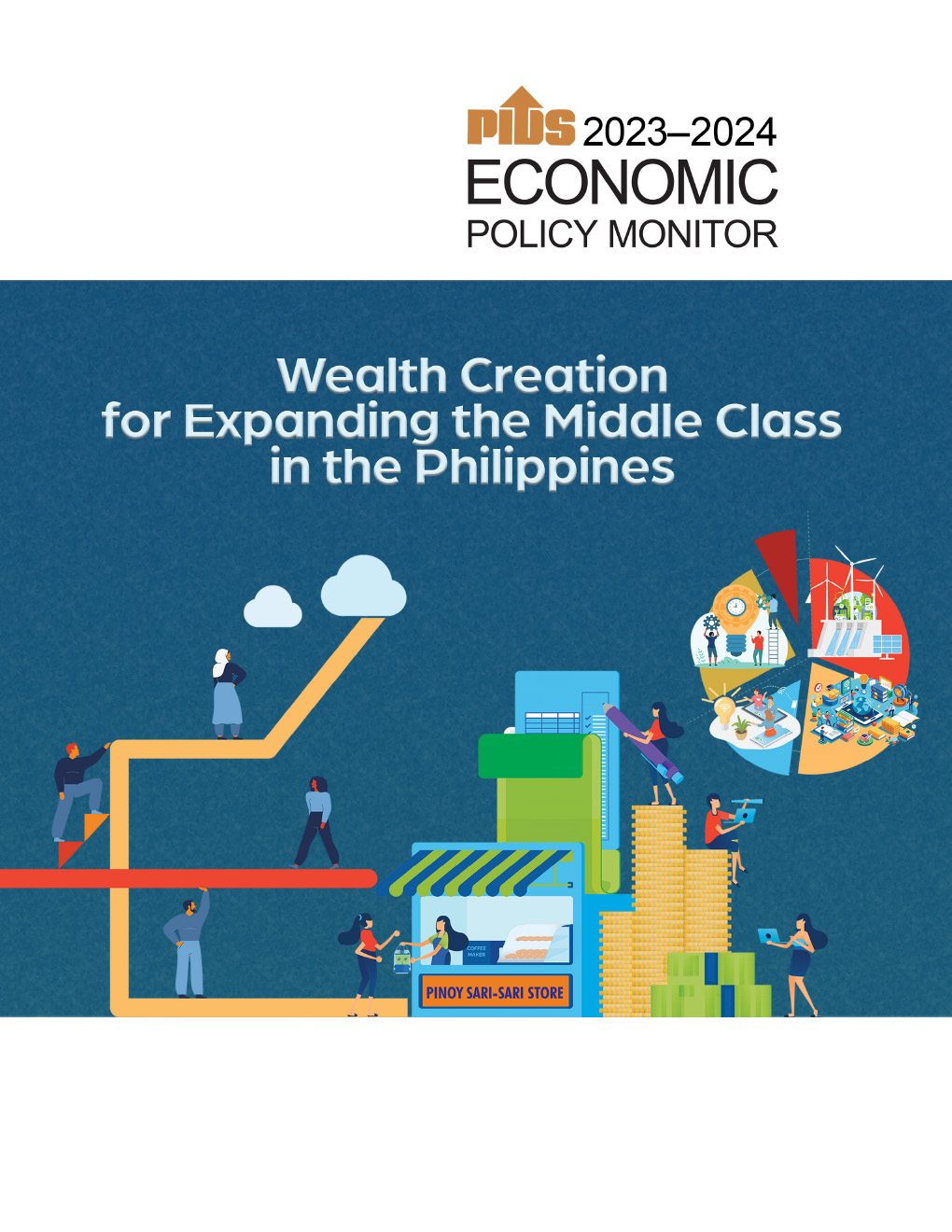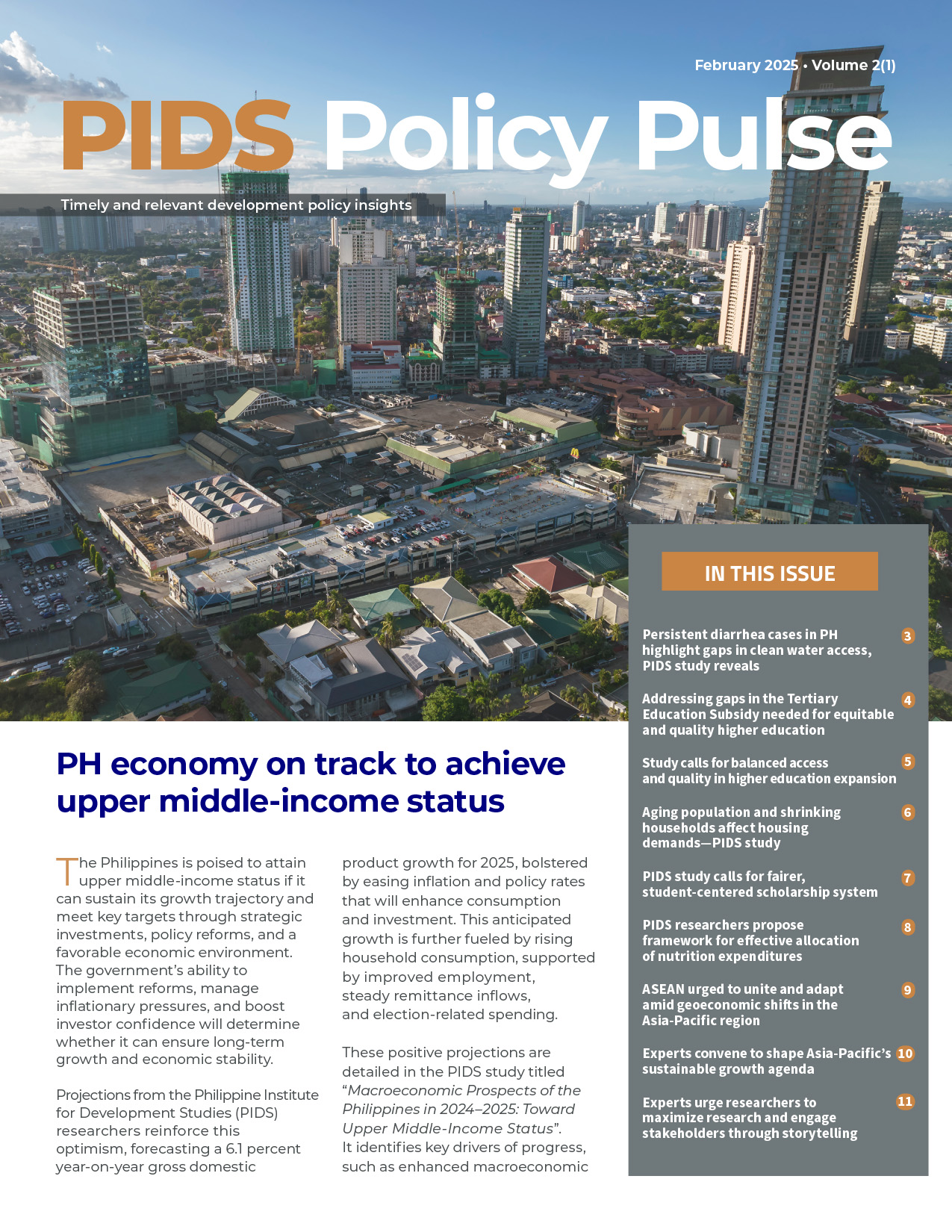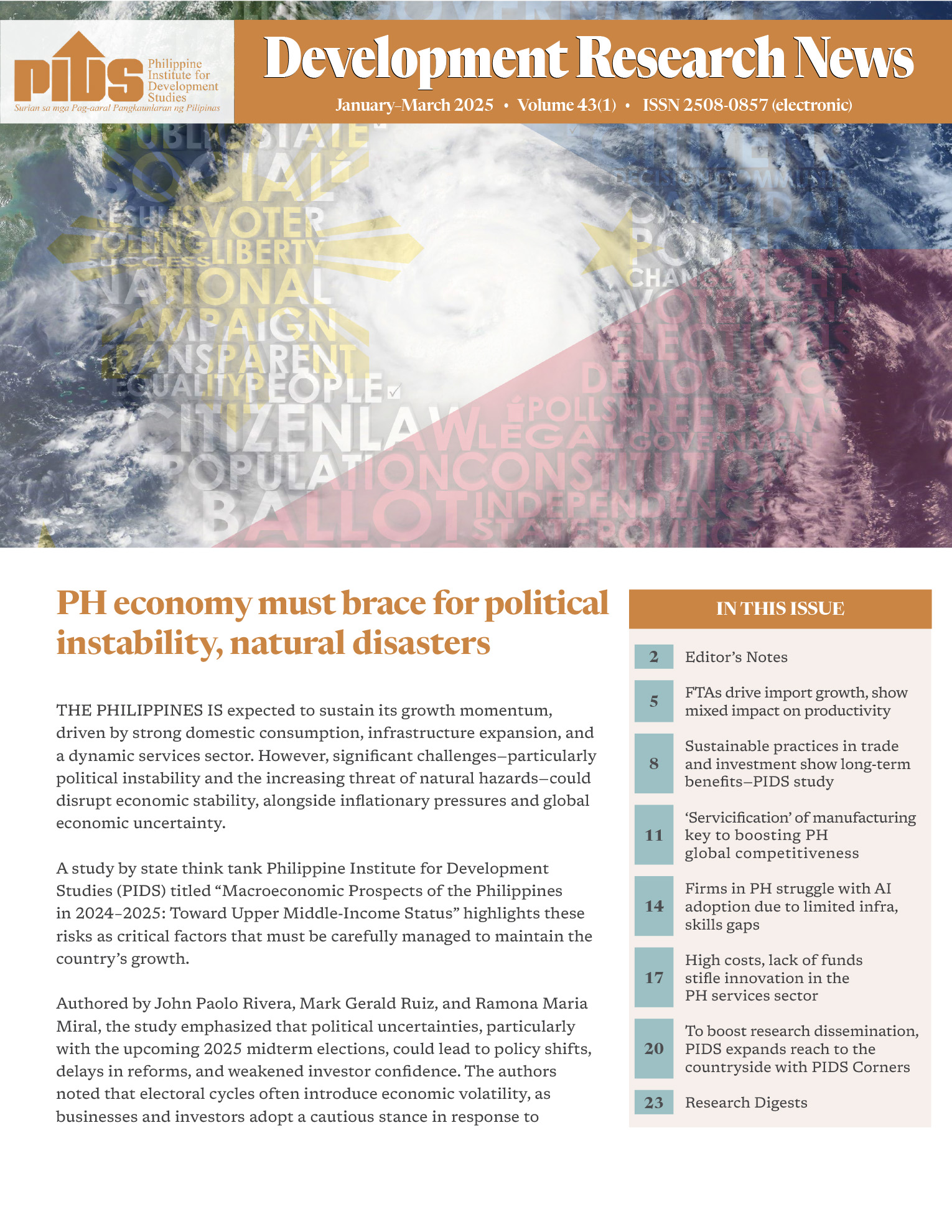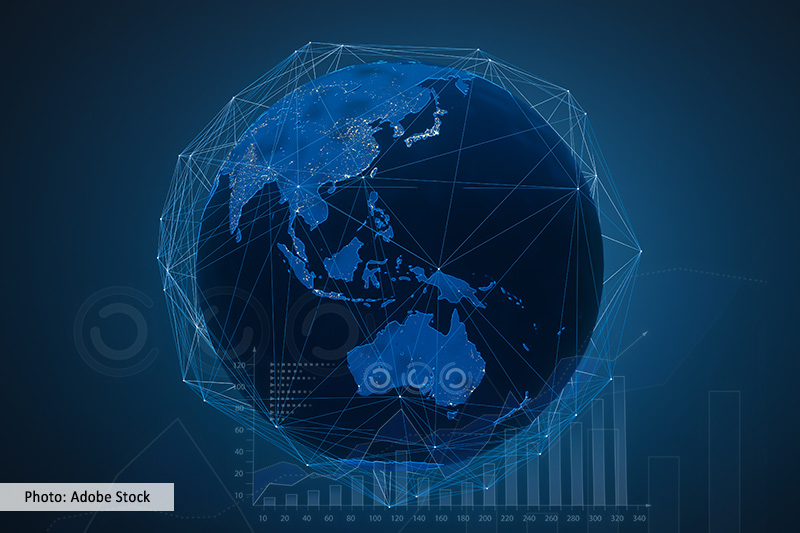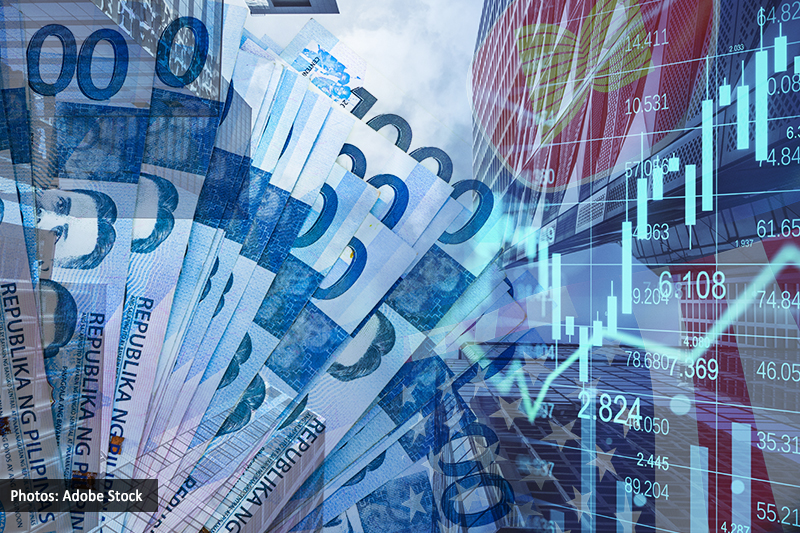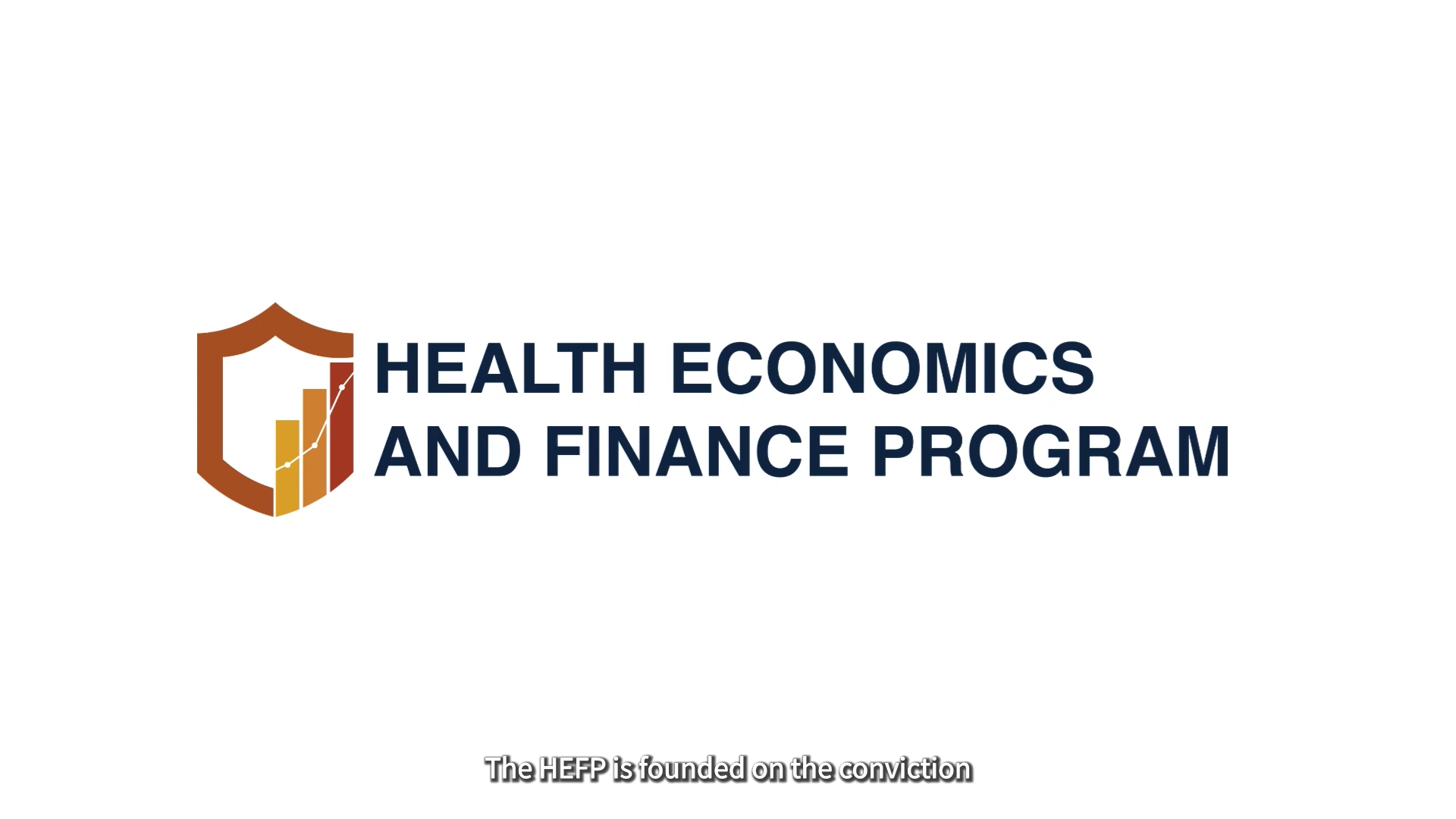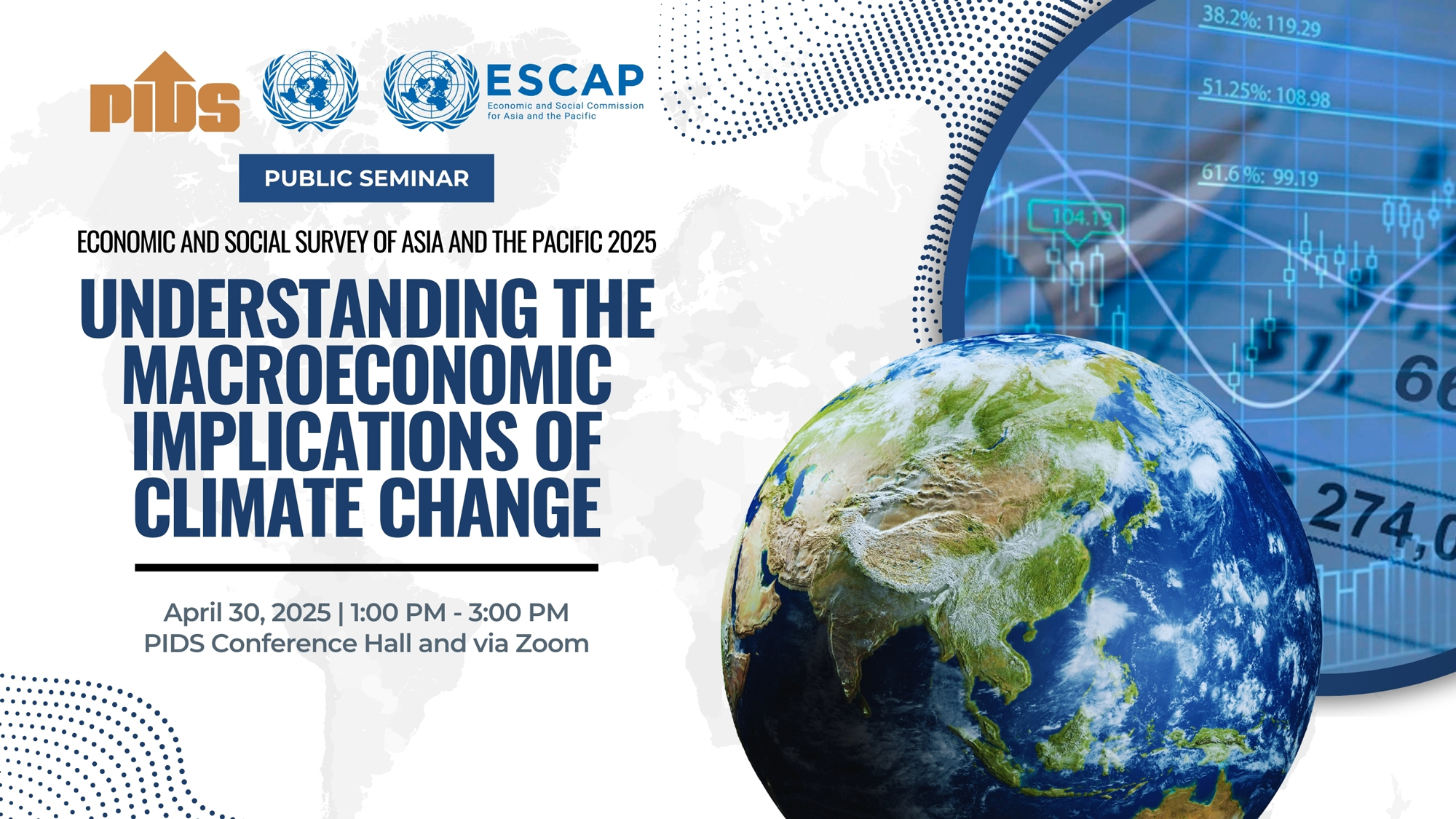A report by the Philippine Institute for Development Studies (PIDS) cited ongoing inflationary pressures, elevated borrowing costs, and subdued external demand as reasons why Philippine gross domestic product (GDP) in the last quarter of 2024 fell short of its ASEAN neighbors.
The Philippine Statistics Authority in February reported that the country’s GDP expanded by 5.2 percent in the fourth quarter of 2024, bringing the full-year 2024 GDP year-on-year growth rate to 5.6 percent.
Vietnam, the country’s toughest economic rival, posted a GDP rate of 7.55 percent for Q4 2024.
In a recent PIDS webinar, speakers concluded that the Philippine economy continues to face domestic challenges and global uncertainties that require careful fiscal management and policy adjustments.
Factors like geopolitical tensions, disrupted supply chains and volatile global financial conditions make economic planning more complex, PIDS senior research fellow Dr. John Paulo Rivera said.
Global demand uncertainties
“While the Philippines’ growth was still higher than Thailand and Malaysia, global demand uncertainties weighed more heavily for the country,” Rivera said, stressing that achieving sustained economic expansion requires policy coordination at both the national and international levels, particularly in trade and investment policies.
Also, Rivera explored how government spending impacts economic performance given effects on domestic demand and inflation.
This, in turn, can prompt monetary tightening by the Bangko Sentral ng Pilipinas (BSP) to prevent “overheating,” where rapid economic growth leads to excessive demand and rising prices.
Rivera further highlighted how the BSP carefully adjusts policy rates to balance inflation control with growth, taking into account global economic trends.
In a separate presentation, former PIDS supervising research specialist John Paul Corpus highlighted the role of macroeconomic models in understanding external pressures, further articulated that economic modeling enables policymakers to anticipate fluctuations in oil prices, exchange rates, and government spending, allowing them to evaluate policy responses and their potential effects on economic recovery.
Trade disruptions
Adding to the discussion, Security Bank chief economist Angelo Taningco expressed concerns about global trade disruptions. “Many leaders around the world are very much cognizant of a looming escalation on tariffs and a potential date for that tariff retaliation,” Taningco explained.
He noted how a potential global trade war could affect business operations by driving up import costs, making production more expensive for local businesses, and ultimately, increasing retail prices for consumers.
Taningco also warned about the broader macroeconomic effects of trade wars, noting that the Philippines, as a net importer, is particularly vulnerable to rising import costs, which could affect local businesses and consumers alike.
Broader perspective
Meanwhile, SM Investments economist Robert Dan Roces offered a broader perspective, emphasizing that economic data reflects the experiences of over 100 million Filipinos dealing with current global and local economic challenges.
“There is a bigger picture here that deserves attention. Think about it: we are still outpacing many of our neighbors while facing the same global challenges,” Roces noted.

